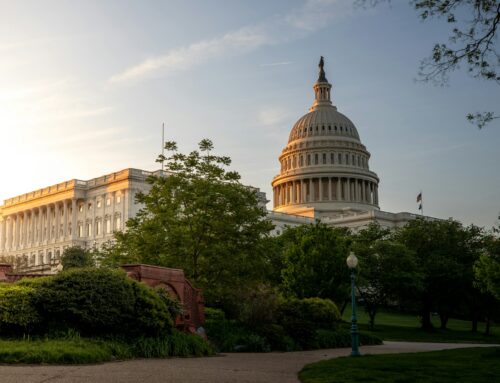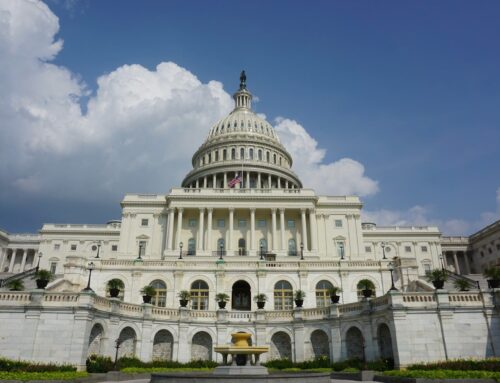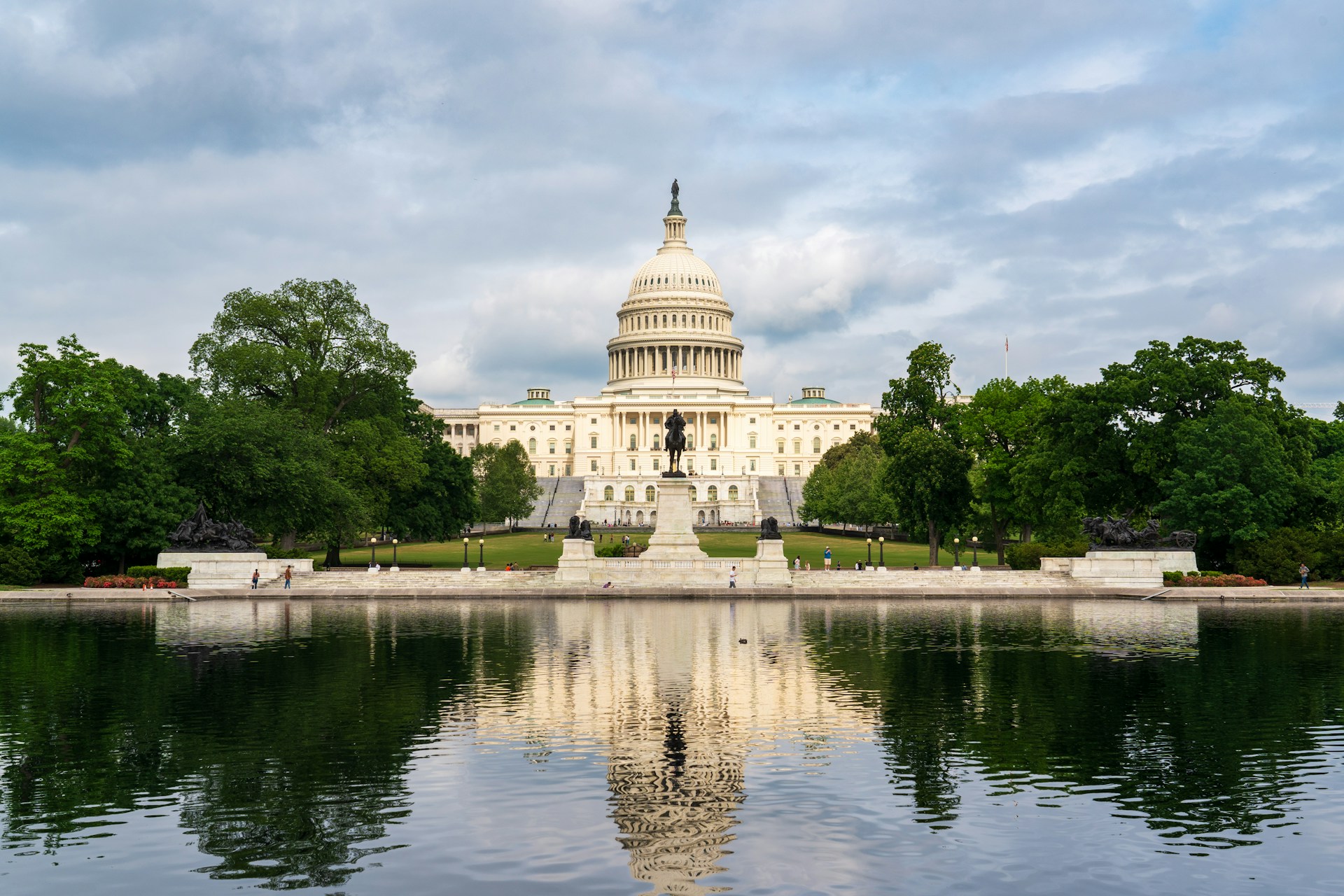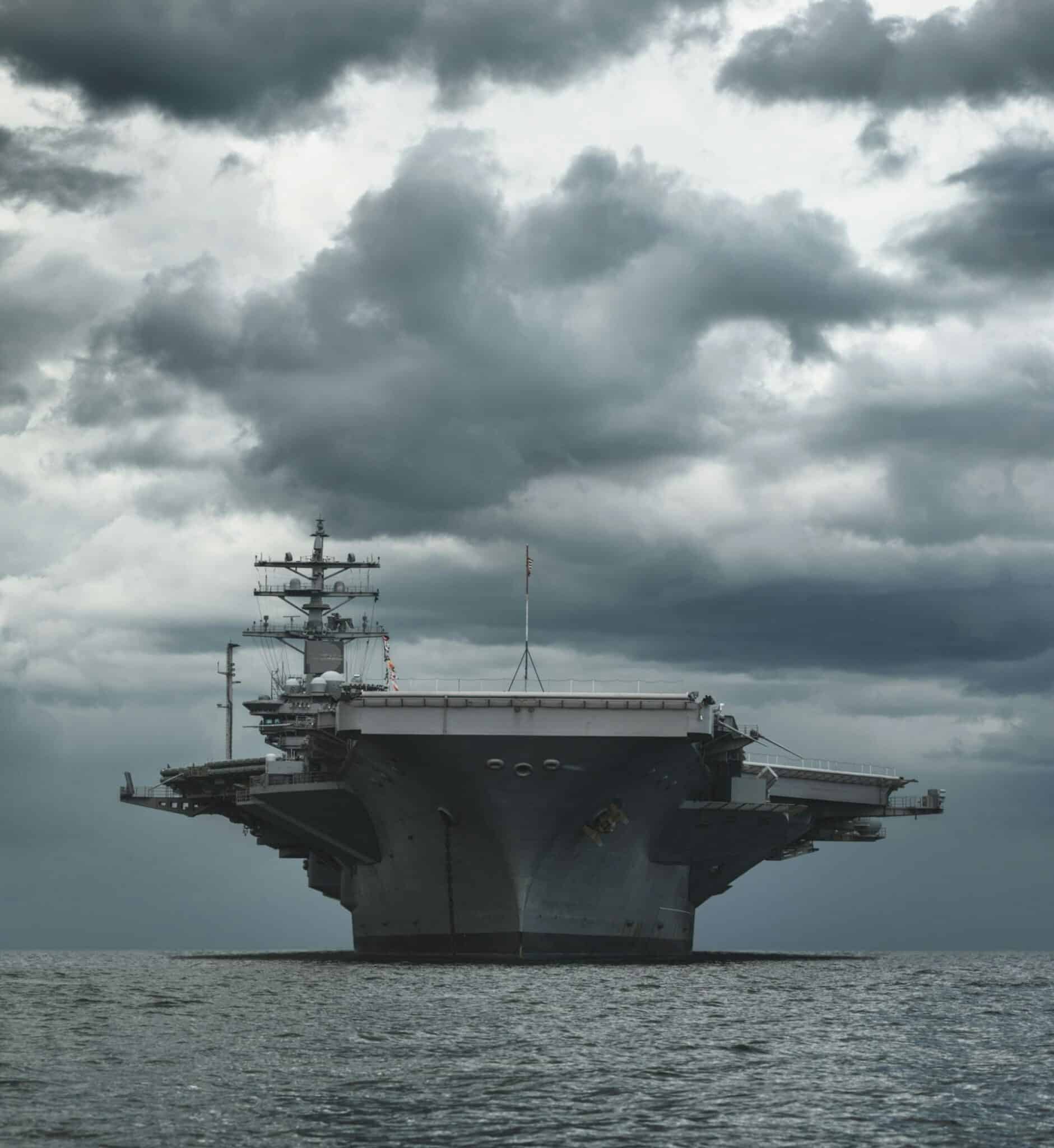Five years ago, on August 25th, a category one hurricane made landfall on Florida’s southeast coast and churned through Miami, causing damage and taking several lives before heading into the Gulf of Mexico as a simple tropical storm. Over the next several days Katrina intensified, making landfall on August 29th as a category three hurricane near the Louisiana/Mississippi border.
Much has happened since that day of harrowing images: refugees in the Superdome, a major American city flooded, and communities in Mississippi utterly washed away by the storm. The bumbling Federal Emergency Management Agency Director, Michael Brown, is now a Vice President at a technology firm, the Louisiana Governor Kathleen Blanco opted not to seek re-election, the ubiquitous Anderson Cooper got a bigger show on CNN, and many native New Orleanians left their homes never to return.
But much has stayed the same: The Army Corps of Engineers is still spending billions to provide New Orleans with category three level of protection. Of course, that was what they were supposed to have back in 2005, when engineering failures by the Corps, like bad levee design and construction – not the storm surge – led to levee failures and widespread flooding. But perhaps more tragic was the construction of a largely unused navigation channel that helped lead the storm directly into the heart of the city. The navigation channel, called the Mississippi River Gulf Outlet (MRGO or Mr. Go) is now closed and being outfitted with surge barriers. Rather than a day late and a dollar short, this effort is decades late and costing taxpayers billions.
And it looks more and more like we are going to spend billions more taxpayer dollars on heavily structural storm damage reduction approaches that have failed us in the past. Corps projects like “Morganza to the Gulf” represent old designs of large levee systems that will inevitably induce more development, and provide protection from only modest storms while exposing people and property to heavy losses in the increasingly likely event of more severe storms. Oh, and also cost another billion dollars.
When it reviewed the Corps’ plan last year, the National Research Council (an arm of the National Academy of Sciences) observed that the plan “…does not offer a comprehensive long-term plan for structural, non-structural, and restoration measures across coastal Louisiana, nor does it suggest any initial, high-priority steps that might be implemented in the short term. Instead, a variety of different types of structural and nonstructural options are presented, with no priorities for implementation.”
Furthermore, efforts like spending more than $1 billion on a project to build a new longer, wider, deeper navigation lock on the Industrial Canal in New Orleans along the 5.5 mile section where the levees failed during Katrina also distract attention and siphon money away from higher priorities. Louisiana’s political leaders need to keep their eyes on the prize.
Obviously, restoring and protecting coastal Louisiana is a complex challenge that has only been exacerbated by oil from the spill in the Gulf showing up in the coastal wetlands. Louisiana and the country cannot afford to repeat mistakes of the past. As Katrina taught us, levees fail, and so in some places people are going to have to elevate properties or move. In others, structural solutions like ring levees make sense. And considering coastal wetlands are the best storm surge protection going, restoring these areas that protect people and infrastructure is critical. The stakes are high. The human and economic implications of failure are enormous.











Get Social